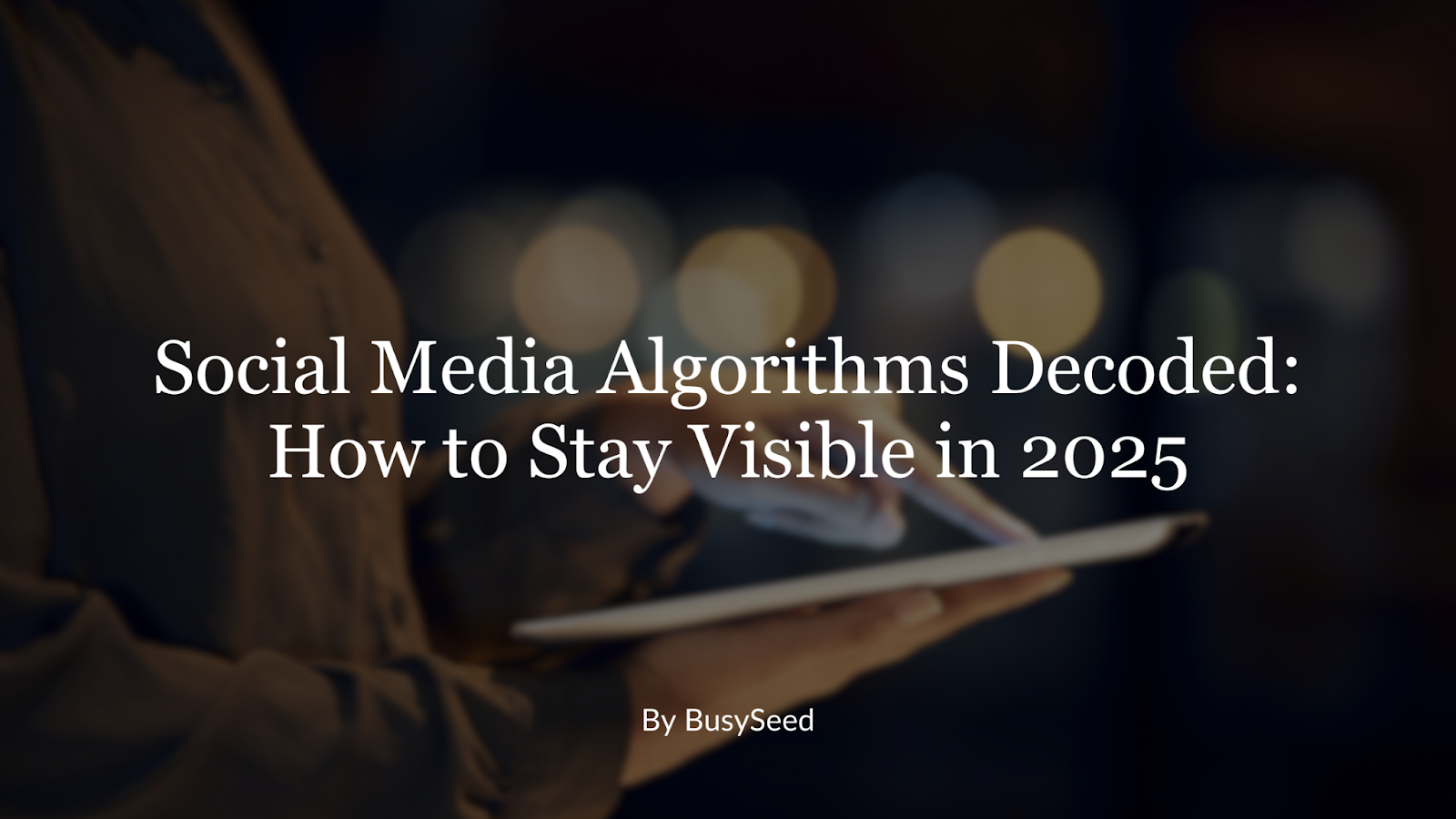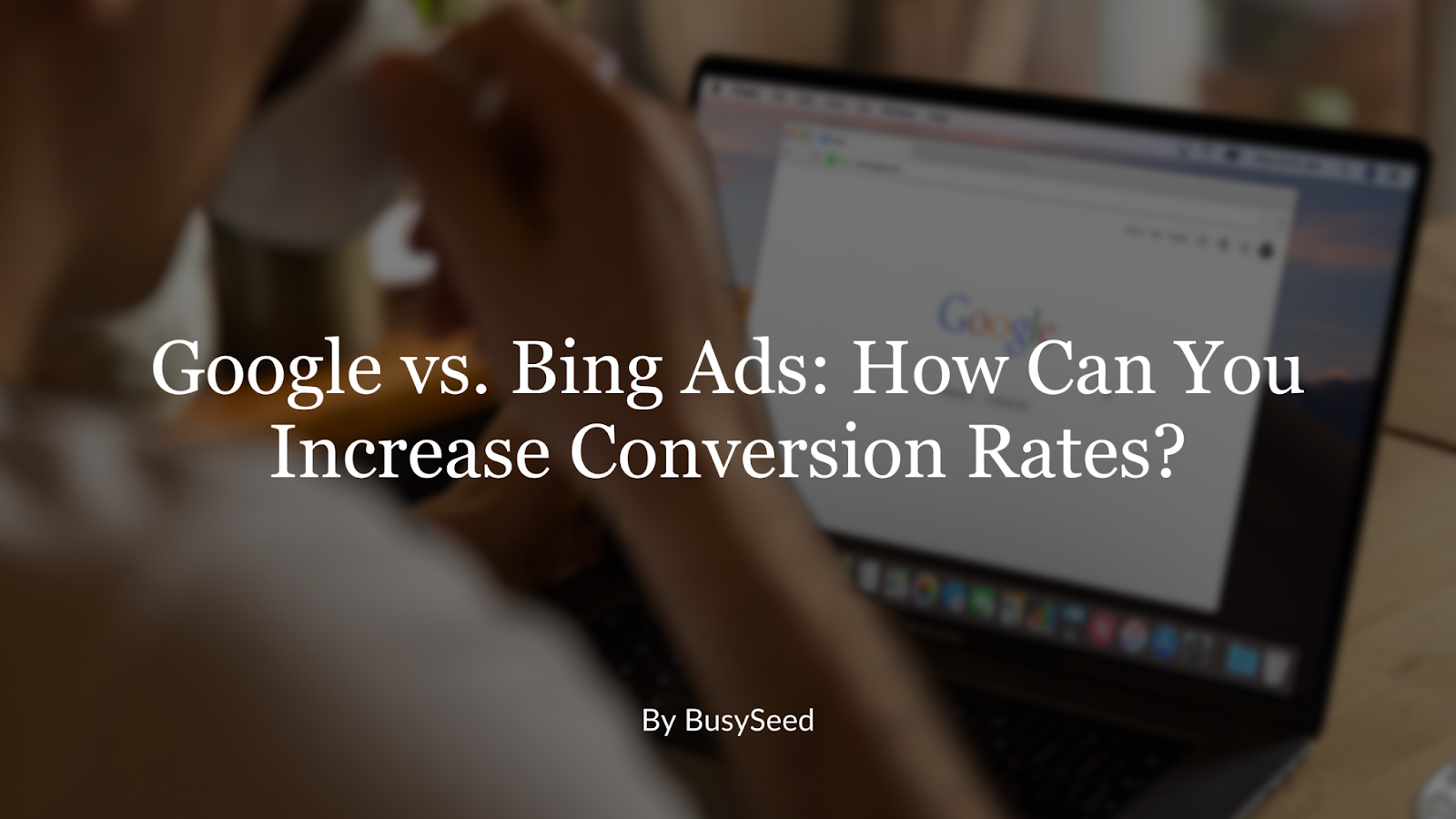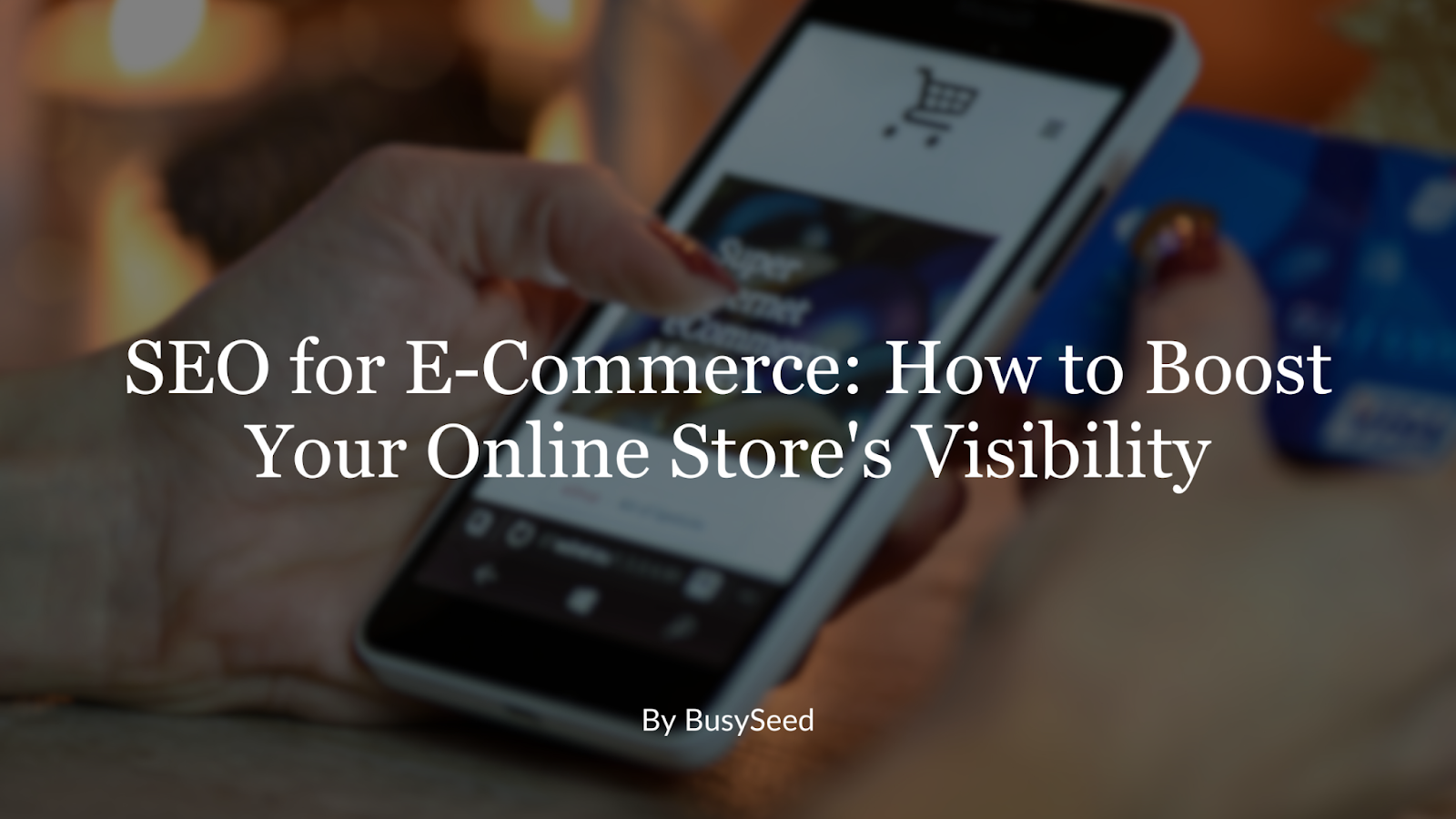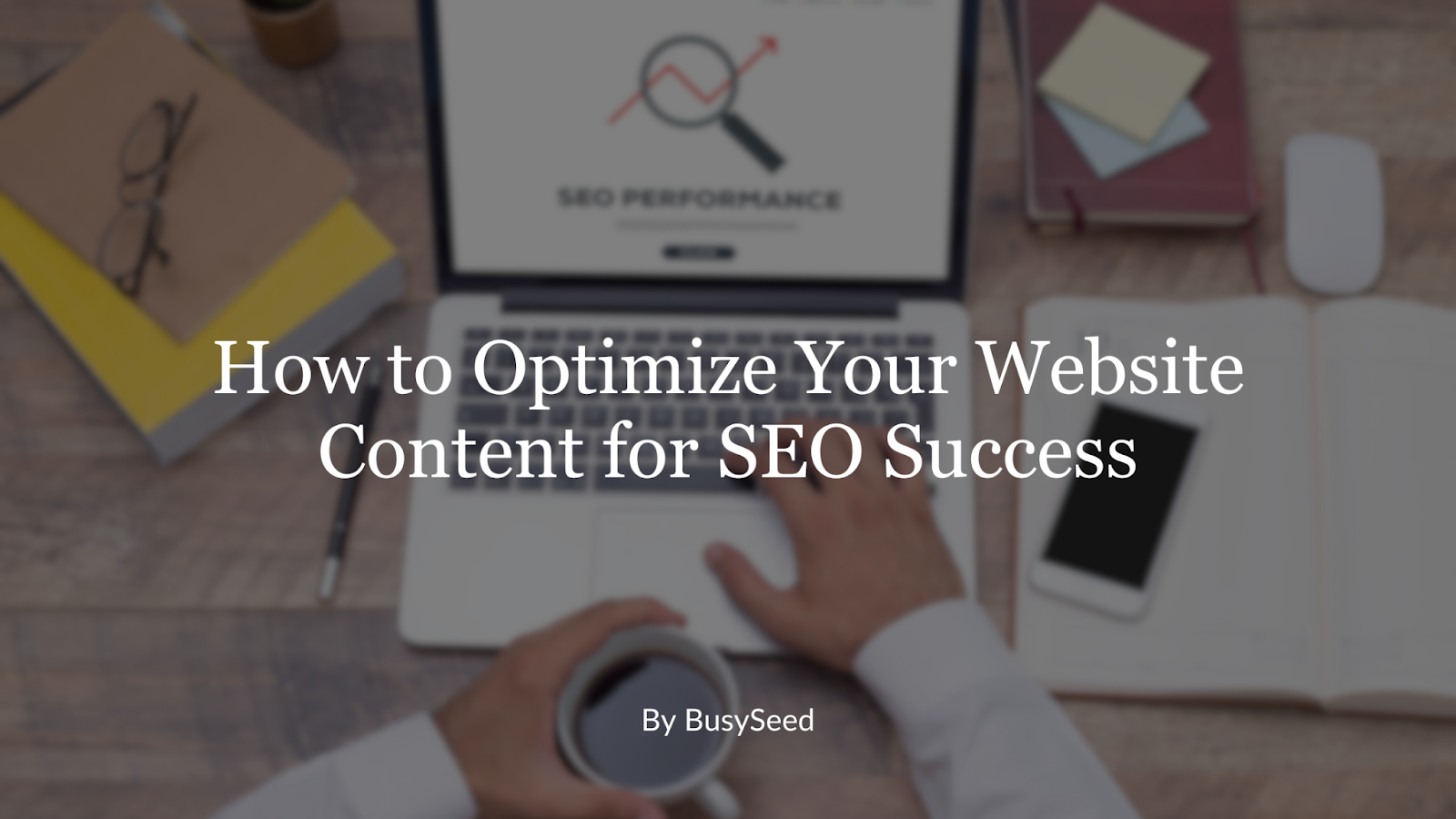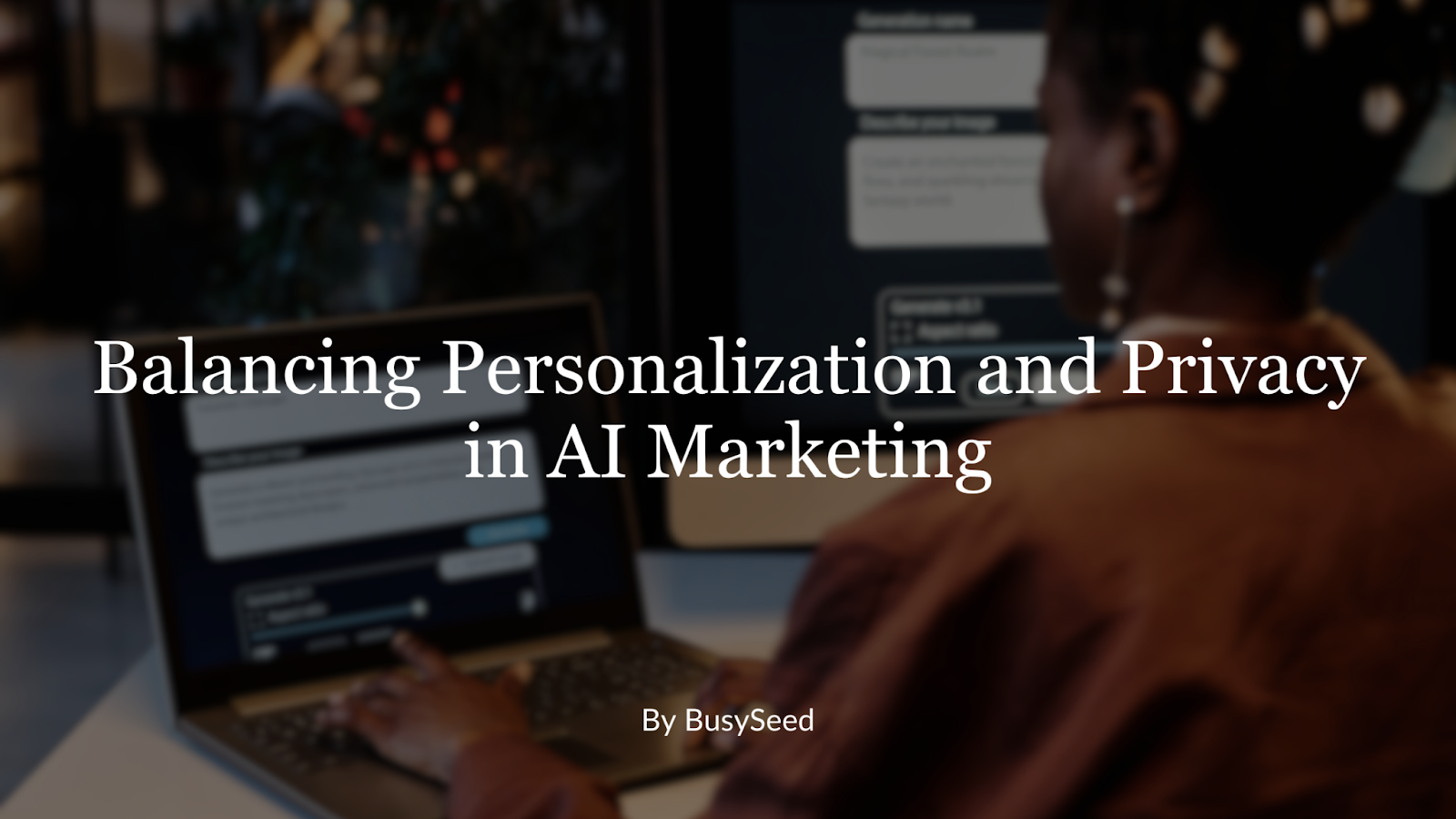Too long, didn't read?
Not to worry! We can sit down together and explain our findings and the contents of this blog in detail. This discussion will include insights from " ". Schedule some time on the right with our CEO.
Digital Advertising vs. Print Advertising
There was a time when print advertising reigned supreme. Businesses would plaster their flyers and brochures on every flat surface they could find, hoping that someone would see them and want to buy what they were selling. But with the advent of the internet, things changed dramatically. Suddenly businesses had a new way to reach out to customers–through digital advertising.
While digital advertising is considered to offer many advantages over print advertising today, print advertising is still important and influential.
This article will explore the key differences between print and digital advertising to decide which is best for your business and when you might choose to use one over the other throughout your marketing mix.
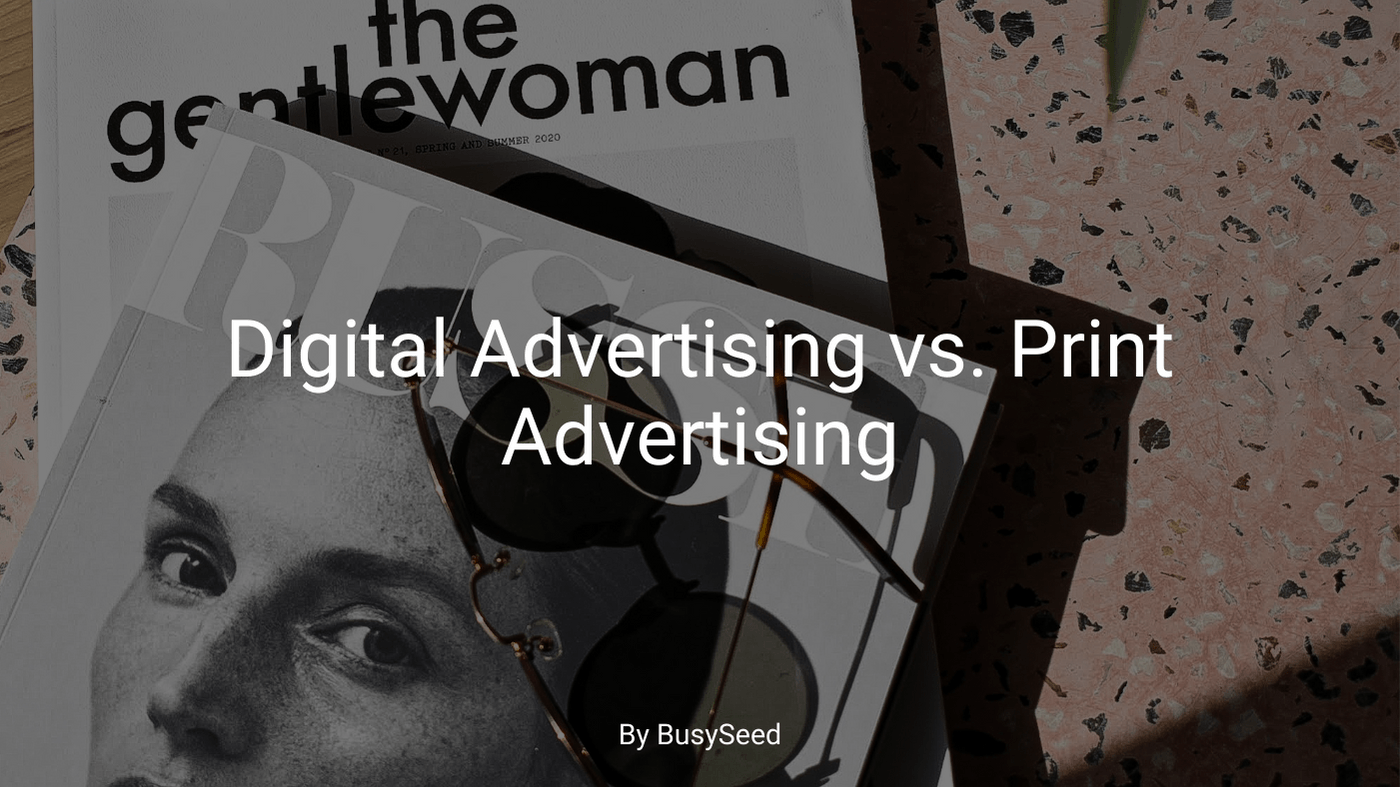
Digital Advertising
Digital advertising has quickly become the go-to method for businesses to reach out to customers. With its ability to target specific demographics and provide a wider reach than print advertising, it's no wonder why so many companies are turning to digital ads.
What is Digital Advertising?
Digital advertising is a form of marketing that uses the internet and digital devices to reach and engage customers. It encompasses a wide range of activities, including search engine optimization (SEO), pay-per-click (PPC) advertising, display advertising, and social media marketing. Businesses can use digital advertising to promote their products and services, build brand awareness, and generate leads and sales. While many companies still use traditional advertising channels such as television, radio, and print media, digital advertising has become increasingly popular as more and more people spend time online.
Digital advertising is a highly effective way to reach out to potential customers and promote your business. Thanks to its flexibility and targeting capabilities, it can be customized to meet the specific needs of your business. Additionally, it’s relatively easy to measure the results of your digital advertising campaigns, which allows you to make necessary adjustments to ensure that you are getting the most return on your investment.
Who is the Audience for Digital Advertising?
The audience targeting ability is perhaps the most significant advantage digital advertising offers over any other form of advertising or marketing. The audience for digital advertising is anyone who owns a digital device, such as a smartphone, tablet, or laptop. This includes people of all ages, genders, and locations. In fact, the internet's global reach means that businesses can target consumers in any country.
Which Businesses Benefit the Most from Digital Advertising?
While digital advertising can be beneficial for businesses of all sizes, certain businesses tend to see the most success with this type of marketing. For example, companies selling products or services online can reach a wider audience with digital advertising than with traditional advertising methods. In addition, businesses that have a global customer base can use digital advertising to target specific countries or regions.
But, this doesn't mean that businesses that focus on local marketing can't also see major benefits in digital advertising. In fact, targeting methods on most social media and digital banner sites can narrow down as precisely as zip codes to find your customers.
Ultimately, any business that wants to reach a larger audience and increase sales
should consider digital advertising.
Print Advertising
Print advertising has been around since the 1700s when newspapers were used to promote products and services. And while print advertising has changed a lot since then, it is still an effective way to reach out to potential customers.
What is Print Advertising?
Print advertising is a form of marketing that involves using physical printed materials to promote a product or service. Common examples of print advertising include newspaper and magazine ads, flyers, and billboards. One of the main advantages of print advertising is that it allows businesses to reach a wide audience with relatively little effort. Print ads can generate interest and create a positive image for a product or service.
While print advertising is typically more expensive than digital advertising, it is less costly than television or radio.
Who is the Audience for Print Advertising?
The audience for print advertising is people who read newspapers or magazines. This can be a broad audience, as many types of print media are available. However, people who read print media are more likely to be educated and have higher incomes than those who do not. These days, the demographic for print advertising skews older.
As a result, print advertising is often used to target high-end, older consumers. Additionally, print ads can be very effective in reaching people who live in rural areas, as they are less likely to be exposed to other forms of advertising such as digital media, television, or radio.
Which Businesses Benefit the Most from Print Advertising?
A few industries tend to benefit the most from print advertising. Businesses that rely on visual elements, such as restaurants and clothing retailers, can effectively use print ads. Customers are more likely to remember an ad that features appealing visuals, and they're also more likely to take action based on those ads. Similarly, businesses with a local customer base can also benefit from print ads.
Because of this, print advertising is often more effective at driving business on a local level.
Cost VS Return on Investment (ROI)
As we've mentioned, the cost of digital advertising is often much less than print advertising. Also, because digital advertising can be tracked relatively easily, there is more information available on the effectiveness of your digital campaigns versus other forms of advertising.
According to some reports, the digital marketing industry is
expected to reach $786.2 billion by 2026 and 63% of businesses increased their digital marketing budgets over the past year.
While results vary, the estimated ROI on digital advertising largely depends on the type of strategies you implement. For example, PPC advertising returns $2 for every $1 spent. In comparison, email marketing returns $36 for every $1 spent.
Print advertising is more difficult to track. Typically, it is more costly than digital advertising, so the ROI is also lower.
According to a report from 2019, the ROI of magazine and newspapers range from 40% to 60%.
Conclusion
Print advertising and digital advertising both have their unique benefits. To be successful, companies should try and test different forms of advertising throughout their mix and lean into those that see the best results over time. The key is to understand your business goals and which type of advertising will help you reach those goals most effectively.
If you’re considering ways to improve your digital advertising or exploring new ways to get your products and services to your customers, consider contacting us.
We are BusySeed, a top marketing agency dedicated to ensuring that your business attains the next big level.
